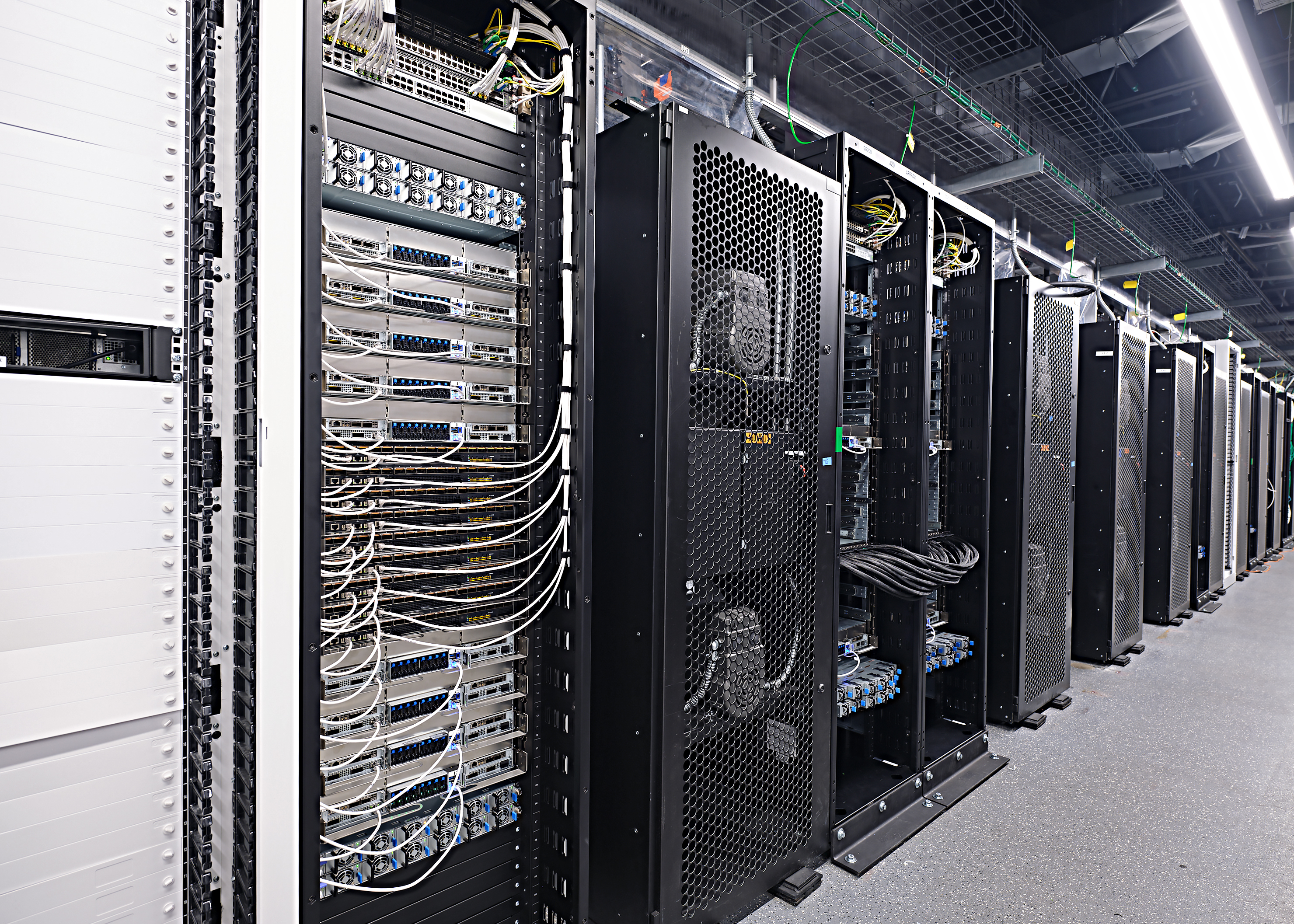Introduction
In the rapidly evolving landscape of technology, a seismic shift is underway as Nvidia aims to spearhead a transformation projected to create a $1.4 trillion data center market by 2035. This profound shift is driven primarily by the rise of artificial intelligence, or AI, which is reshaping the fabric of computing architecture, migrating from traditional models to new paradigms centered around extreme parallel computing (EPC).
The Rise of Extreme Parallel Computing
Extreme parallel computing, or EPC, promises to overhaul the technology stack from the ground up, integrating hardware, software, and systems engineering in ways previously unimagined. Nvidia is strategically positioned at the forefront of this revolution, but it is not alone in this endeavor. Other semiconductor companies and hyperscalers are eyeing the lucrative opportunities that this new paradigm presents.
Rearchitecting the Tech Stack
To meet the demands of AI workloads, every aspect of computing—from processing units to networking capabilities—will undergo significant re-engineering. The dominance of x86 architectures is giving way to specialized graphics processing units (GPUs) designed for high concurrency and efficiency. This shift not only improves computational capabilities but also transforms how data is stored, accessed, and processed.
Challenges and Opportunities Ahead
While the road ahead is paved with growth potential, it is also littered with challenges such as reliance on key suppliers like TSMC for manufacturing and the potential impacts of economic downturns on AI spending. Competitors like AMD and Intel are poised to challenge Nvidia’s dominance, but their success remains contingent on overcoming significant hurdles in software compatibility and market penetration.
Analyzing the Semiconductor Landscape
The allure of AI-driven markets has driven stock performance among semiconductor companies to new heights. Nvidia, Broadcom, and AMD are taking the lead, while Intel’s setbacks highlight the challenges faced by legacy players in adapting to the new environment. The competitive landscape is dynamic, with numerous players vying for a piece of the lucrative AI pie.
Nvidia’s Competitive Moat
Nvidia has fortified its position through a combination of hardware innovation and an expansive software ecosystem. Its proprietary technology, including CUDA and Nvidia Inference Microservices (NIMS), empowers developers and cements loyalty within its user base. This implementation of a tightly integrated platform is not only difficult for competitors to replicate but also essential for maintaining its market lead during the upcoming AI surge.
The Emergence of AI PCs
As the data center market evolves, so too do consumer devices. AI PCs featuring neural processing units (NPUs) are emerging on the market, representing a new front in the push towards integrated AI solutions in everyday technology. With Nvidia poised to leverage its strengths in GPUs, the stage is set for a comprehensive crossover of AI technologies into personal computing.
Market Projections and Future Outlook
Market analysts predict that by 2035, the total data center market will exceed $1 trillion, with extreme parallel computing comprising a significant portion of this growth. The integration of AI into business processes and unprecedented demands for computational power signal a promising yet challenging future for the data center ecosystem.
Key Takeaways
- Extreme parallel computing is reshaping the tech landscape and driving demand for redefined data center architecture.
- Nvidia stands at the forefront of this transformation but faces competition from other semiconductor giants.
- Both opportunities and challenges abound as AI integration deepens across industries.
- The emergence of AI PCs signals a broader move towards AI-infused technology in personal computing.
- Market growth projections indicate a significant shift towards specialized computing solutions by 2035.

